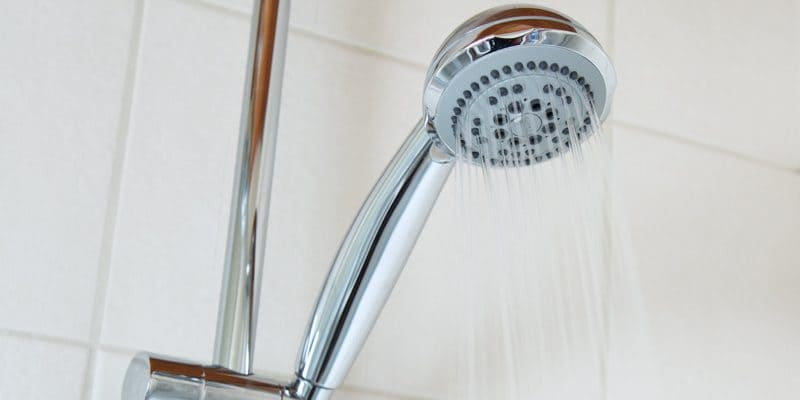
Pressure Limiting Valves and Why You Need One
If you’ve tried to build a home or extend your existing property recently, you’ll most likely have heard about pressure limiting valves (PLVs). But what exactly is a pressure limiting valve? And why do plumbing standards in Australia require the installation of these valves?
What Are Pressure Limiting Valves?
Many of us enjoy a high-pressure shower head; that goes without saying. However, if you find your incoming water pressure is too high, it might damage your pipes, appliances and fixtures. PLVs have become the Australian standard for protecting homes and appliances from the potential damage caused by high pressure water. They’re used in everything from storage hot water systems to water meter assemblies, water softeners and a range of other essential plumbing systems.
Pressure limiting valves work by restricting the inlet supply line pressure to a predetermined maximum that stops the occurrence of excessive pressure incidents in your home. When water pressure is below the pressure limit, the valve remains open. If the valves pressure exceeds this, the valve shuts and water can no longer flow through it. This prevents high pressure water from damaging your pipes, appliances and fixtures.
What Happens If Water Pressure Is Too High?
Though low water pressure might be inconvenient, it nevertheless is safe. On the other hand, high water pressure can do a number on your home if you don’t address it promptly. It’s a high price to pay, and one you don’t need to.
When your water pressure is too high, at a level that exceeds Australian standards, you might experience water hammer. This is a loud banging noise that occurs when you turn off a tap, causing fast-moving, high-pressure water to suddenly stop. The noise you hear is the pressure shockwave from incoming water pressure hitting a closed valve or joint with great force. Water hammer may only be an unpleasant noise for some, but in more serious cases it can cause leaks and burst pipes.
Should water hammer occur, high inlet supply line pressure water puts strain on your pipes, valves, fittings and fixtures. This can cause them to wear out faster than they would otherwise. As a result, you’ll need to replace them more often. Are any fixtures wearing down due to a pressure that exceeds the manufacturer’s recommendation? It could mean that any warranty on the fixture might not apply. Which means you could end up footing the bill.
To top things off, high water pressure means your normal 5 minute shower time now goes through more water than when you had normal pressure! Add a bigger water bill to the list of costs thanks to high water pressure.
The pressure limiting valve is a great way to prevent high water pressure from damaging your plumbing system. It can also help you stop your water bill from skyrocketing.
What Is The Maximum Water Pressure For A Home?
With any new plumbing work, the valves pressure is required by law not to exceed a level of 500 kPa. While older family homes are exempt from this standard, they are not exempt from the potential damage of high pressure water! It would be wise for owners of older homes to measure their water pressure and get a PLV put in place so they meet the necessary Australian standard.
Contact Metropolitan Plumbing for more information and advice about our water pressure services and pressure limiting valves.
Published: 2020-06-19

















